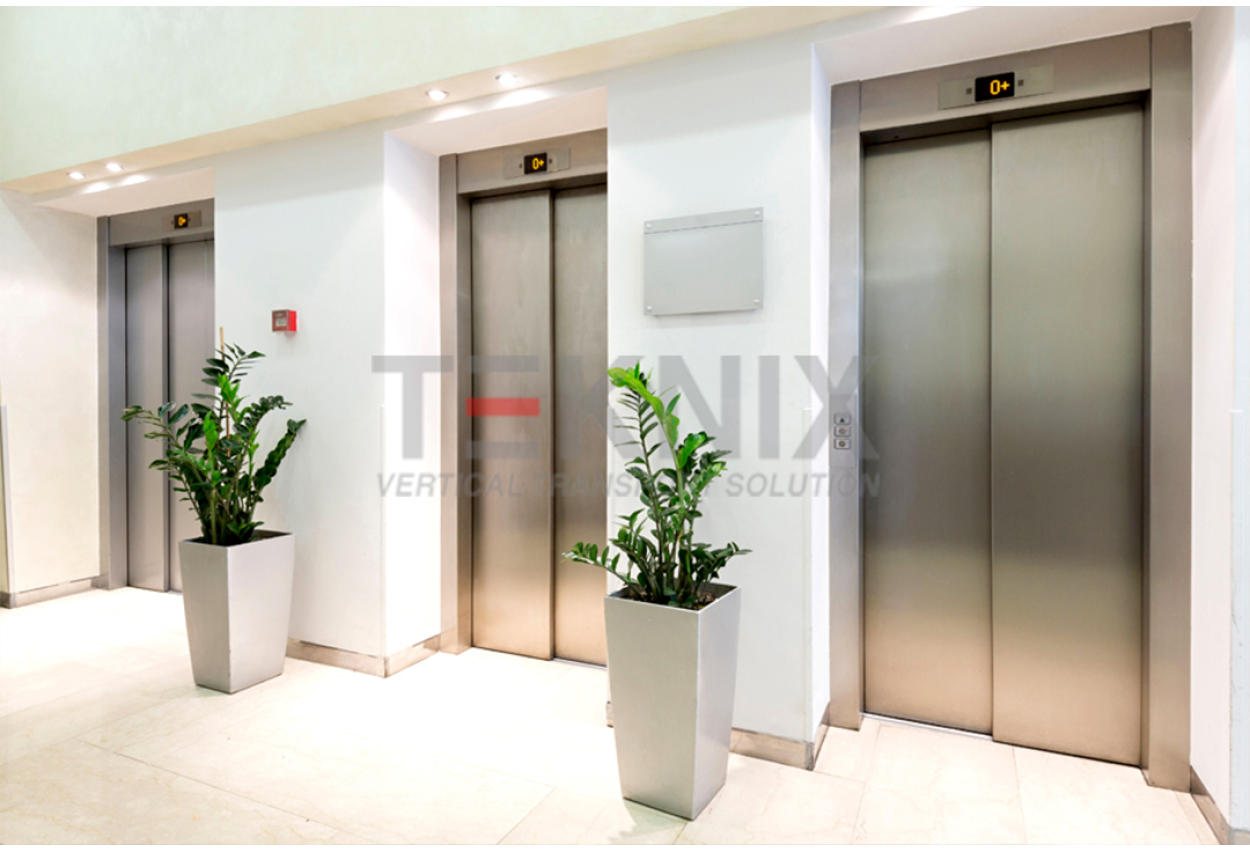Discover Trusted Lift Repair Near Me for Fast and Affordable Solution
Discover Trusted Lift Repair Near Me for Fast and Affordable Solution
Blog Article
Digging Into the World of Elevators: Usual Problems Faced by Various Lift Mechanisms
As we navigate through the vertical transportation systems of modern-day buildings, elevators stand out as a vital part of our daily lives. From hydraulic elevators to traction systems and machine-room-less styles, each lift kind comes with its collection of common issues.
Hydraulic Elevators
Hydraulic elevators, commonly favored for low-rise buildings, utilize fluid pressure to regulate the activity of the lift vehicle (lift repair companies). This mechanism includes a hydraulic pump pushing oil right into a cyndrical tube, creating the lift to relocate in the wanted instructions. While hydraulic lifts are recognized for their quiet and smooth operation, they do come with their own set of typical problems
One common problem with hydraulic elevators is oil leakage. The seals in the hydraulic system can wear gradually, causing oil infiltration. If left unaddressed, this not just produces a mess however can likewise impact the lift's performance. Furthermore, issues with the control system, such as malfunctioning shutoffs or a malfunctioning pump, can cause disturbances in the lift's movement.
Routine maintenance and punctual repairs are vital to ensure the smooth performance of hydraulic lifts. By dealing with these common issues proactively, building owners can minimize downtime and guarantee the safety and security and efficiency of their upright transport system.
Traction Elevators
When thinking about vertical transport systems in buildings, another common type in addition to hydraulic elevators is the traction elevator. Grip lifts operate using a system of ropes and counterweights that move the lift car by gripping onto the hoist ropes. This device permits smoother and much faster upright transport contrasted to hydraulic systems.
Among the usual concerns dealt with by traction elevators is rope wear. The consistent movement of the ropes within the traction system can lead to damage over time, potentially causing the elevator to malfunction or come to be hazardous for use. Regular examinations and upkeep of the ropes are important to make sure the elevator's correct functioning and safety and security.
An additional problem that traction lifts may experience is associated with the control system. Troubles with the control system can lead to problems such as erratic activity, hold-ups in reaction times, or also full shutdowns. Routine testing and upkeep of the control system are crucial to stop such issues and ensure the elevator's dependability.
Machine-Room-Less (MRL) Elevators

Among the crucial components of MRL lifts is the compact gearless grip maker that is mounted within the hoistway. This machine efficiently drives the elevator automobile without the demand for bulky tools discovered in standard grip elevators. In addition, MRL lifts commonly make use of a counterweight system to balance the vehicle, additional improving their power effectiveness.
Despite their benefits, MRL lifts might face challenges connected to maintenance and repair work because of the restricted space for devices installment. Availability for servicing elements within the shaft can be limited, requiring specialized training for specialists. Correct upkeep timetables and regular evaluations are vital to make certain the ongoing smooth operation of MRL elevators.
Overloading and Weight Limit Issues
Overwhelming and weight limitation issues are critical concerns in lift procedures. Elevator manufacturers design raises with certain weight capabilities to guarantee passenger safety and security and devices durability.
When elevators are strained, it puts excessive pressure on the electric motor, cable televisions, and various other elements, potentially creating breakdowns or break downs. If they discover excess weight, security devices such as discover here sensing units and overload sensors are in location to prevent lifts from moving. In addition, surpassing weight restrictions can result in increased power consumption and deterioration on the lift system.
To alleviate overloading problems, constructing managers need to prominently show weight limits in elevators and enlighten residents on the relevance of adhering to these limitations - lift repair companies. Regular maintenance checks by certified specialists can additionally help make sure that lifts are operating within risk-free weight criteria. By dealing with overloading and weight limitation concerns proactively, building owners can boost lift safety and effectiveness
Electric System Failings
Exceeding weight limits in elevators can not just lead to mechanical concerns yet likewise potentially contribute to electrical system failings within the lift framework. Electric system failings are an important worry in elevator operation, as they can create unanticipated closures, malfunctions, or even safety hazards.
Moreover, power rises or variations in the electric supply can likewise disrupt the lift's procedure, affecting its performance and safety and security. These electric disturbances can damage delicate elevator components such as control panels, circuit card, or sensors, leading to system failures. Routine maintenance and evaluations are important to recognize and deal with prospective electrical problems quickly, ensuring the secure and effective operation of elevator systems. By adhering to weight limitations and performing regular electrical system checks, structure proprietors can alleviate the risk advice of electrical failings in lifts.
Verdict

Hydraulic elevators, often chosen for low-rise buildings, utilize fluid pressure to control the motion of the elevator auto.When taking into consideration vertical transportation systems in buildings, one more typical type aside from hydraulic elevators is the grip elevator. Grip elevators operate using a system of ropes and counterweights that relocate the elevator car by gripping onto the hoist ropes. Unlike standard lifts that call for a different device area to house the devices, MRL lifts integrate many of the parts within the shaft, eliminating the requirement for a specialized maker space.In verdict, elevators encounter usual issues such as hydraulic malfunctions, traction system failings, and electrical system problems.
Report this page